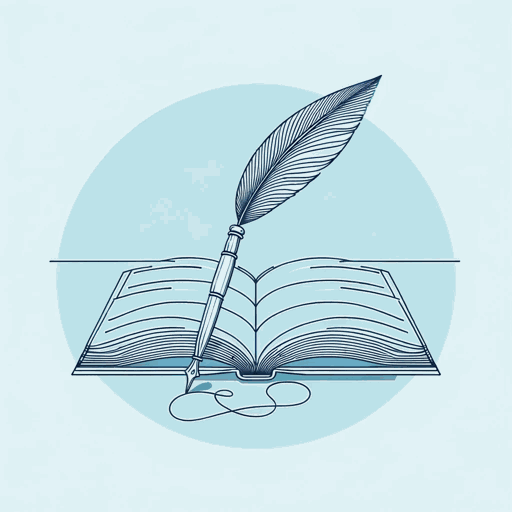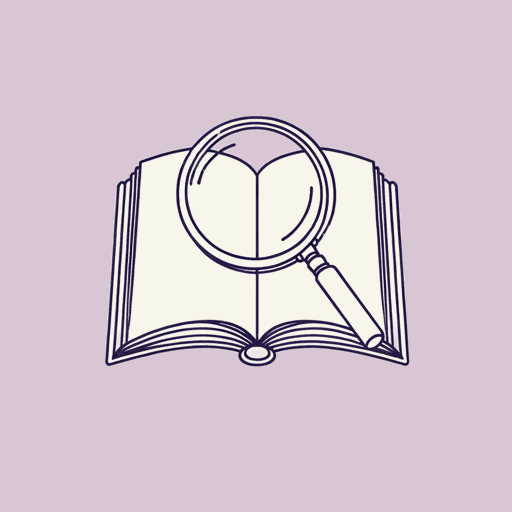67 pages • 2 hours read
Thomas C. FosterHow to Read Poetry Like a Professor: A Quippy and Sonorous Guide to Verse
Nonfiction | Book | Adult | Published in 2018A modern alternative to SparkNotes and CliffsNotes, SuperSummary offers high-quality Study Guides with detailed chapter summaries and analysis of major themes, characters, and more. For select classroom titles, we also provide Teaching Guides with discussion and quiz questions to prompt student engagement.
Summary and Study Guide
Overview
How to Read Poetry Like a Professor: A Quippy and Sonorous Guide to Verse (2018) forms part of retired literature professor Thomas C. Foster’s series of literature manuals. In this series, Foster aims to demystify challenging texts and give his readers a professional slant on how best to analyze and appreciate them. His first book in the series, How to Read Literature Like a Professor (2003), was a New York Times best seller. Foster wrote his poetry manual in response to readers who complained that poetry was the genre of literature that gave them the most difficulty. In a Guardian interview, Foster too claims that poetry was “a form he says he ‘didn’t know how to handle’ in grade school” (Nevins, Jake. “How to Read Poetry Like a Professor.” The Guardian. 20 Apr. 2018). Thus, his aim in writing the book is to give the reader different approaches for understanding poetry and destroying the myth that the genre is deliberately obscure.
One review argues “that students struggling to understand poetry, or even English instructors struggling to teach it, could benefit immensely from Foster’s guidance” (Publisher’s Weekly). However, the reviewer also feels that contemporary and female poets are underrepresented among the examples chosen by this former professor.
This study guide uses the Kindle edition published by Harper Perennial.
Summary
Foster acknowledges that poetry can be intimidating owing to its form, imagery, and allusions to hidden meanings. He sets out to demystify poetry by trying to provide a definition of the genre. He reassures the reader that a poem is “an act of communication” like any other written document but with the difference that the aesthetic considerations of sound, rhythm, and spatial form are as important as narrative (10). He lays down some fundamental rules for understanding the content of poetry, such as reading all the words and looking out for the sentences without being tricked by the line breaks. He asserts the importance of reading aloud and rereading to ensure a full aesthetic appreciation of a poem.
Having classified what a poem is, Foster then goes on to discuss the particularities of its form. Meter, or the placement of stressed and unstressed syllables, is an important consideration in English-language poetry. He then provides some historical context for why English poems sound and appear as they do, referencing the Germanic heritage of Old English and the aristocratic influence of French following the 1066 Norman Conquest of England. He discusses the tricky problem of writing in regional dialects as opposed to standard English and the debates among literature professors as to whether this is an inclusive move or a form of caricature.
Foster progresses to an examination of poetic forms, from the commonly known sonnet, with its structure of condensed thought and emotion; to more elaborate forms, such as the villanelle, which challenge and reward the poet in equal measure. He asserts that apparently free verse poems in the tradition pioneered by Walt Whitman have an internally regulated sense of poetic form and that the reader would do well to attend to this in their interpretations. For Foster, good and bad poetry can appear in any genre; however, the good poems that stand the test of time are few and far between.
Foster closes his book by considering why people write poetry. He argues that self-expression and the desire to envision or say something new are key motivators in taking up the pen. While creativity is important in writing poetry, it is also essential to its interpretation; more than any genre of literature the poem requires the reader’s active participation to realize its potential.
Related Titles
By Thomas C. Foster


